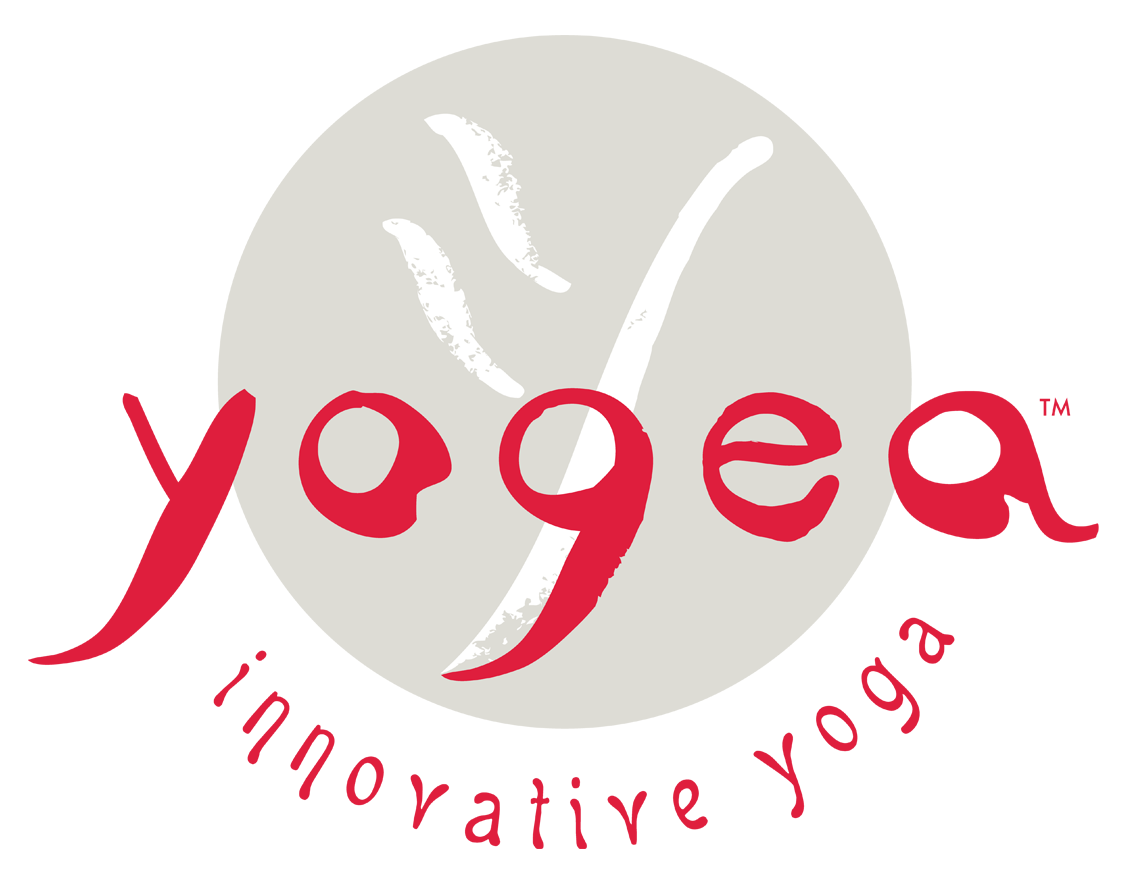In Synch
My long-term yoga student was recently diagnosed with masked hypertension. Her reading at the doctor’s office was always normal. But she experienced an insane spike at home. To make things worse, her blood pressure would go up the roof without her even knowing. She wore the ambulatory blood pressure monitor for 24 hours to discover that she had a sustained high blood pressure, associated with a greater risk for heart disease.
With her life in jeopardy she was put on heavy diuretics and beta-blockers for a trial period of 2 months. Her blood pressure normalized, but when she went off the medication the masked hypertension surfaced up again. She was still recovering from the side effects of the pills – weight gain, migraines, irritable bowel syndrome and hyperacidity. On top of that her blood pressure was consistently hiking up. Scared she went back on the medication only to see her blood pressure drop too low. By the time she had completed the second round of medication she was discouraged, exhausted and hopeless.
Before targeting the yoga practice to her needs we made a couple of life-style changes. She shed off some extra pounds and kept an eye on her waistline. She knew that carrying too much weight around her waist could put her at greater risk of sudden spikes. We also developed an integrated program of power yoga for strength, kinetic meditation as a cardio workout and gentle yoga as a stretching device. Then we cut the alcohol and sodium intake in her diet and focused on consuming whole grains, fruits and vegetables while boosting the potassium levels for a healthy heart. Once she adopted a healthier lifestyle she was ready for the deep work – her targeted routine.
We did 20 minutes of breath-control practices and 20 minutes of asana, relaxation and meditation. The effect was staggering. In less than two months, her blood pressure normalized and she was able to maintain a healthy heart rate.
How did the breathing facilitate this stabilization? Blood pressure is actually the force of the blood in the arteries. When our heart beats, it pumps blood around the body to provide energy and oxygen. This blood flows against and pressures the walls of arteries. If the pressure is too high, the arteries block and might cause a heart attack. Because yoga breathing provides complete relaxation to the body it lowers the heart rate and lowers the stress-related hormones that tend to suppress the cardio-vascular system.
It is important to consider that maintaining a healthy blood pressure is a teamwork of the autonomic nervous system and the parasympathetic and sympathetic nervous systems. They act like the gas and brake pedals in a vehicle by increasing and decreasing the blood pressure when it begins to move outside of the bounds of normalcy, the Sympathetic being the gas pedal and the Parasympathetic being the brake. Targeted yogic breathing lowers the gas input and stimulates the natural brake of the body. This leads to a sustained lower heart rate and improved self-regulation mechanism.
Blood pressure is also affected by various hormones of the neuroendocrine system, particularly adrenaline and cortisol. In the case with my student we designed a breathing practice lowered levels of the “fight or flight” hormones while rebooting her circulatory system and helping it transport hormonal secretions to various target organs and receptors. Basically, this deep extended breathing flooded her system with up to seven times more oxygen than normal breathing. The balanced and calming breathing, on the other hand built heat in her body and increased oxygenation. And the alternate nostril breathing calmed her nervous system as a whole. The oxygenating breathing stimulated the pancreas and regulated her blood sugar levels. She naturally felt a need for proper hydration. Prior to that I had to force her to drink water. Her insomnia healed. Her mood swings vanished and she was able to manage her lifestyle properly.
Finally the meditation at the end of each session elicited the relaxation response and lowered her heart rate. She was at ease with her body and at peace in her mind. And she dropped the pills altogether.
When your blood pressure wavers, Yoga and Qi-Gong breathing is the best drug-free tool to mitigate any existing hyper or hypotension. Regulating the blood pressure is a matter of synergizing all the systems. Synch up now with this healing blend of ancient breathing practices.
Yogea Bloodpressure Regulating Breathing: In Synch
This Yogea practice incorporates pranayama, Qi-enhancing breathing and auricular acupressure to help regulate blood pressure. Pushing into the ear lobe and releasing it briskly allows the pressure to normalize. Pulling the fleshy part of the ears while opening the shoulders and the chest activates specific points related to the cardiovascular system that promote circulation through the organs. Rhythmic breathing while crisscrossing the arms in front of the chest accompanied by “bellows breath” (Bhastrika) builds heat and increases oxygenation. The cooling “bee” (Shitali) breath lowers the heart rate and calms the mind. A pacifying alternate nostril breathing coupled with pelvic twists balances the right and left brain hemisphere to extend a vital bridge between the autonomic, sympathetic and parasympathetic nervous systems. Oceanic breathing (Ujaii) echoes your breath through a distant cave, where you sink into a meditation to find balance and inner peace.

Leave a Reply